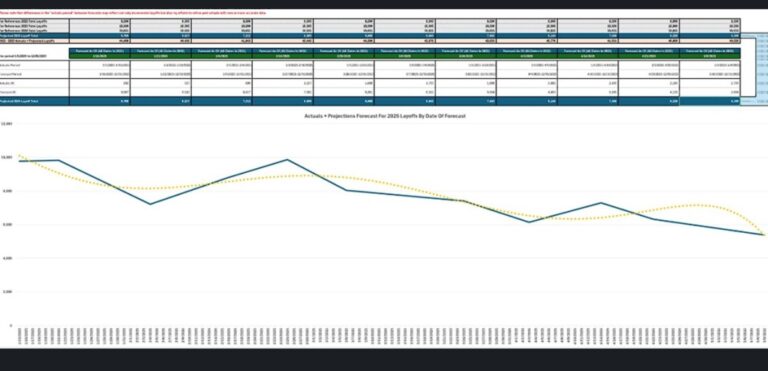Unlocking Insights: How Companies Can Learn from Major Financial Crime Scandals
Over the past decade, high-profile financial crime scandals have exposed significant weaknesses in corporate compliance frameworks across the globe. These incidents highlight the urgent need for organizations to reassess their risk management strategies to safeguard against potential threats. Arctic Intelligence has recently delved into these critical issues, offering insights into the lessons learned from these scandals.
Dramatic Financial Scandals and Their Impact
Danske Bank’s Money Laundering Scandal
The Danske Bank scandal, involving its Estonian branch, is a classic example of risk assessment failures. Between 2007 and 2015, the branch processed over €200 billion in questionable transactions, mainly from high-risk regions such as Russia. Key missteps included:
- Poor due diligence on non-resident clients
- Inadequate transaction monitoring despite clear warning signs
- Lack of oversight from the bank’s headquarters
The repercussions were severe, with regulatory fines exceeding €2 billion and considerable reputational damage, resulting in significant leadership changes. In response, Danske Bank implemented AI-driven real-time transaction monitoring, achieving a 60% reduction in false positives and identifying $500 million in suspicious transactions within just six months.
Wirecard’s Accounting Fraud
In 2020, the collapse of the German payment processor Wirecard revealed alarming weaknesses in internal controls and third-party vetting. A €1.9 billion shortfall in its accounts led to bankruptcy, prompting a major overhaul of regulatory and auditing practices in Germany. This scandal emphasized the necessity for multinational corporations to:
- Strengthen governance structures
- Establish independent compliance committees
- Mandate regular third-party audits
The 1MDB Corruption Scandal
The 1Malaysia Development Berhad (1MDB) scandal involved massive corruption, with billions misappropriated for luxury goods and political bribes, facilitated by major banks that overlooked transaction red flags. This scandal prompted significant legal consequences and reputational damage for the banks involved. To address these vulnerabilities, financial institutions are now:
- Prioritizing blockchain-enhanced due diligence
- Creating transparent vendor networks
Common Vulnerabilities Across Financial Scandals
These scandals share common themes, including:
- Inadequate due diligence
- Ineffective transaction monitoring
- Overreliance on manual processes
- Insufficient oversight of third parties
- Governance lapses
Strategies for Enhancing Risk Management
To combat these vulnerabilities, organizations must:
- Enhance Due Diligence and Transaction Monitoring: Implement robust Know Your Customer (KYC) and Enhanced Due Diligence (EDD) procedures, leverage AI for data verification, and deploy advanced transaction monitoring systems.
- Prioritize Third-Party Risk Management: Conduct thorough risk assessments prior to onboarding and utilize blockchain for improved transparency.
- Build a Culture of Compliance and Strong Governance: Ensure senior leadership accountability and maintain clear reporting lines for financial crime risk management.
With advancements in technology, the emphasis is shifting towards integrating AI and blockchain to enhance transparency and predictive analytics, enabling organizations to proactively manage potential risks. Enhanced regulatory measures and international collaboration are also crucial in dismantling financial crime networks, with a growing focus on Environmental, Social, and Governance (ESG) risks within risk frameworks.
The lessons learned from past financial crimes are clear: robust risk assessment and proactive compliance strategies are essential. By embracing advanced technologies and adhering to stringent governance protocols, businesses can better protect themselves against complex financial crimes in today’s ever-evolving risk landscape.
For more information on corporate governance and compliance strategies, visit our compliance resources page or check out this Financial Times article for further insights.







